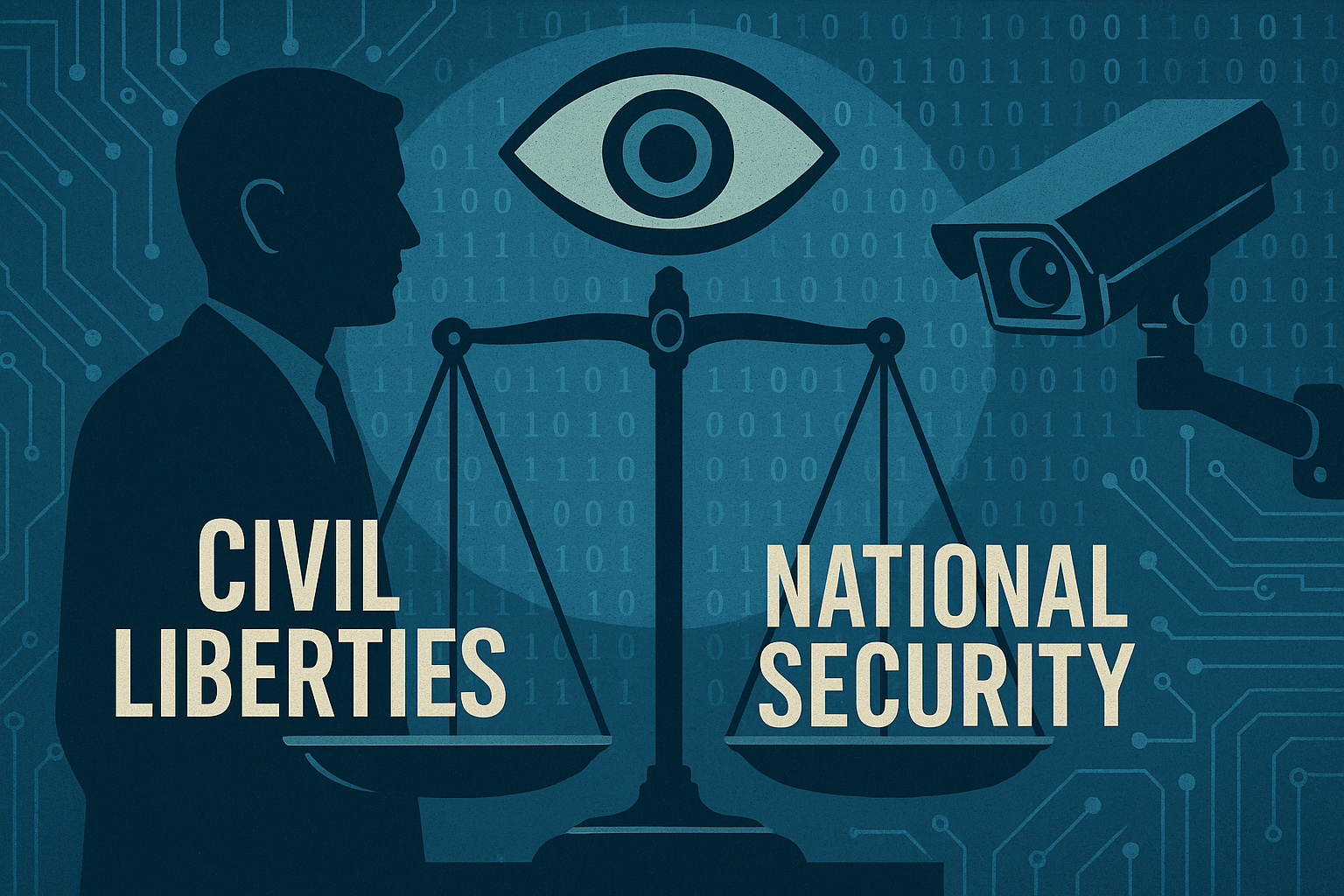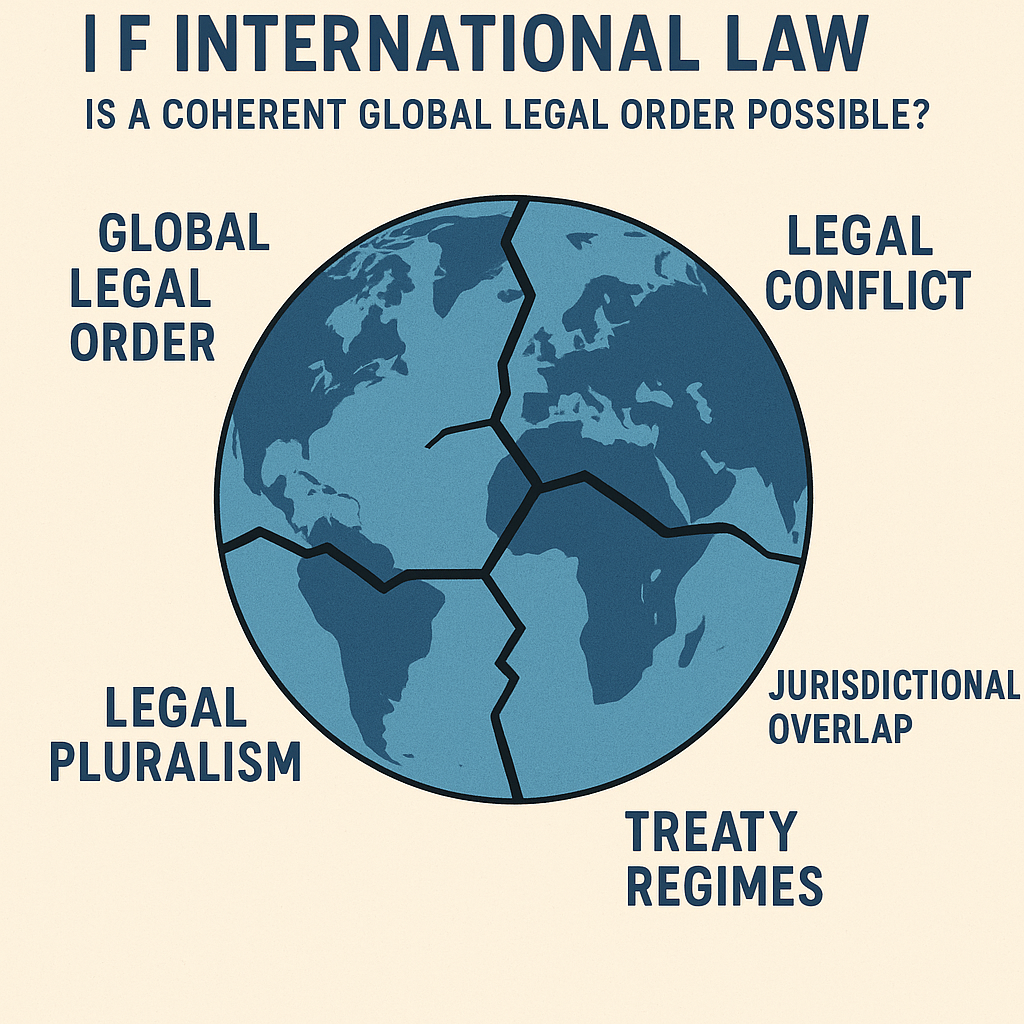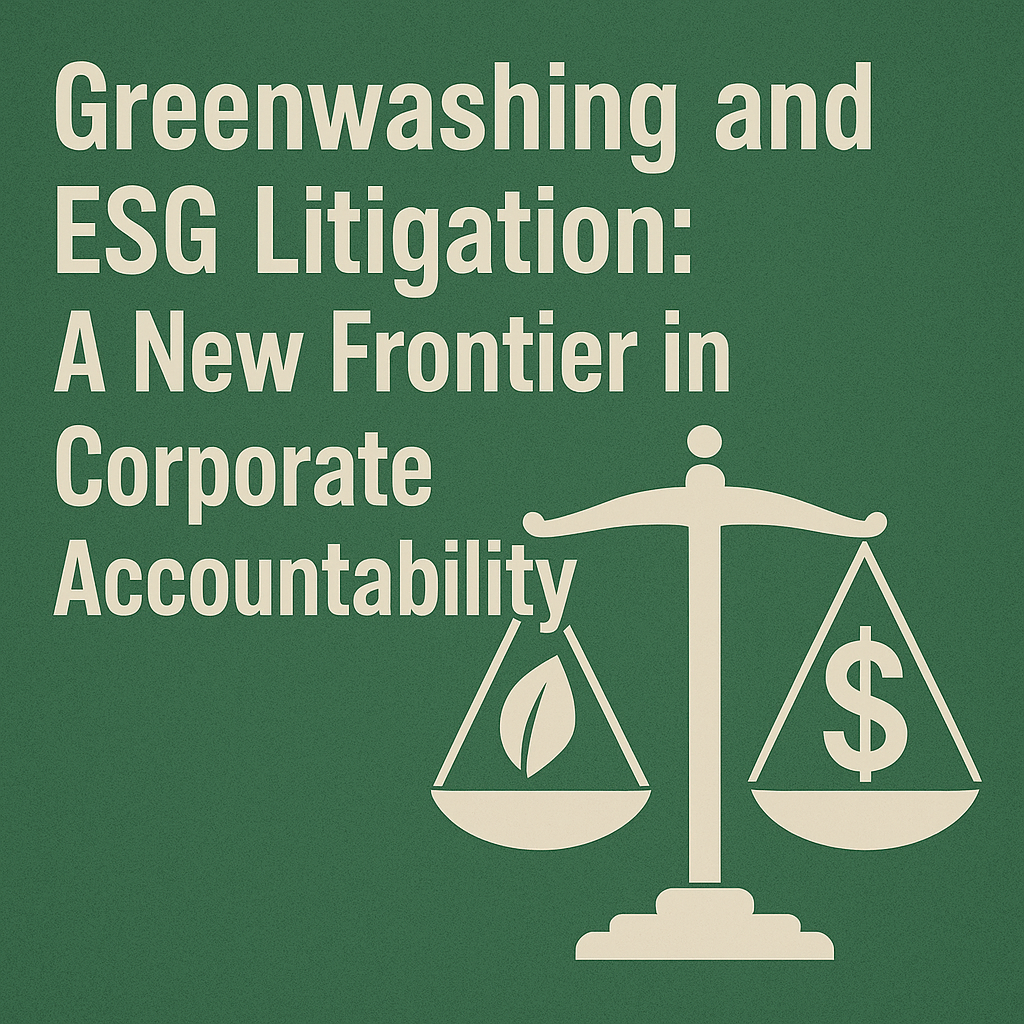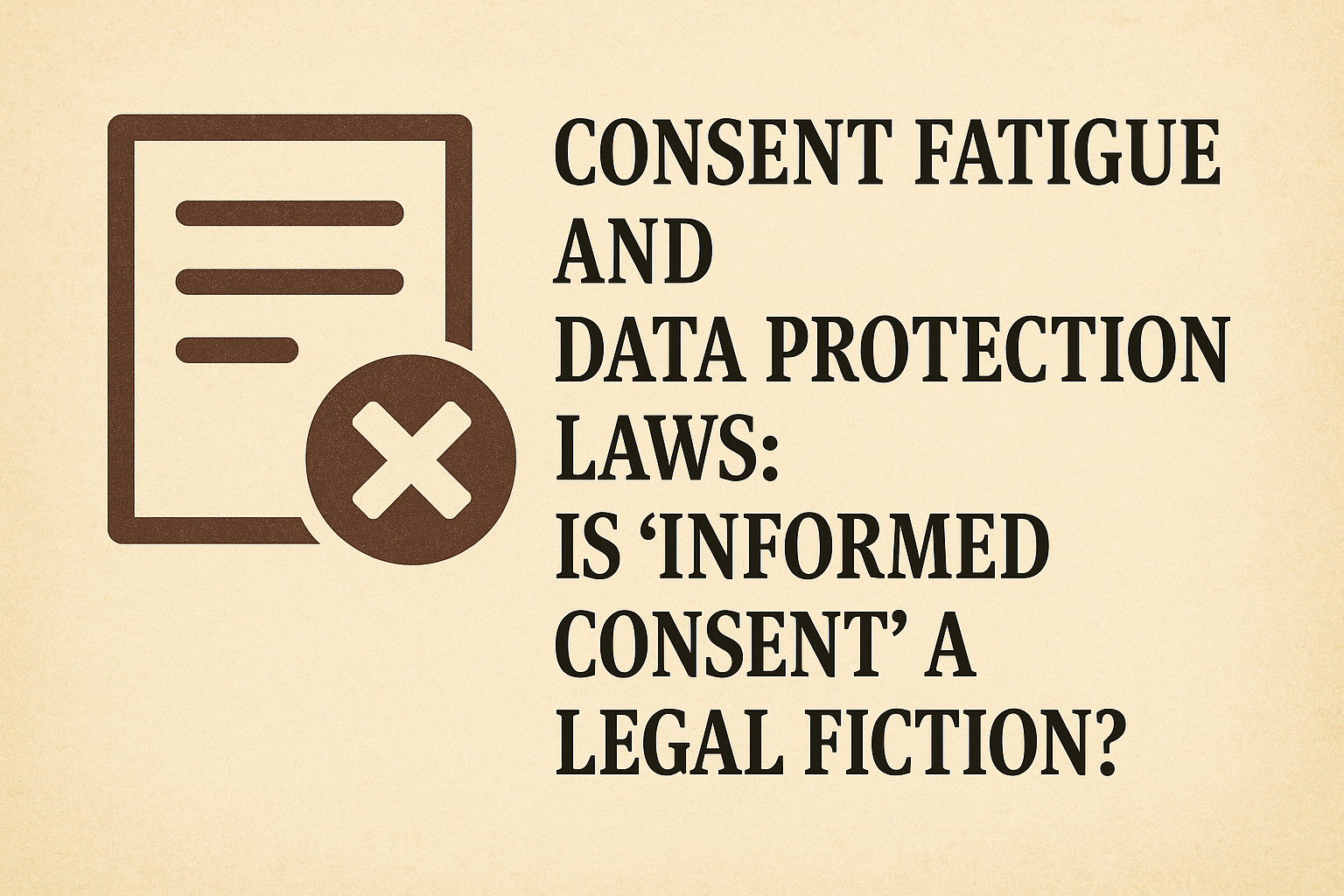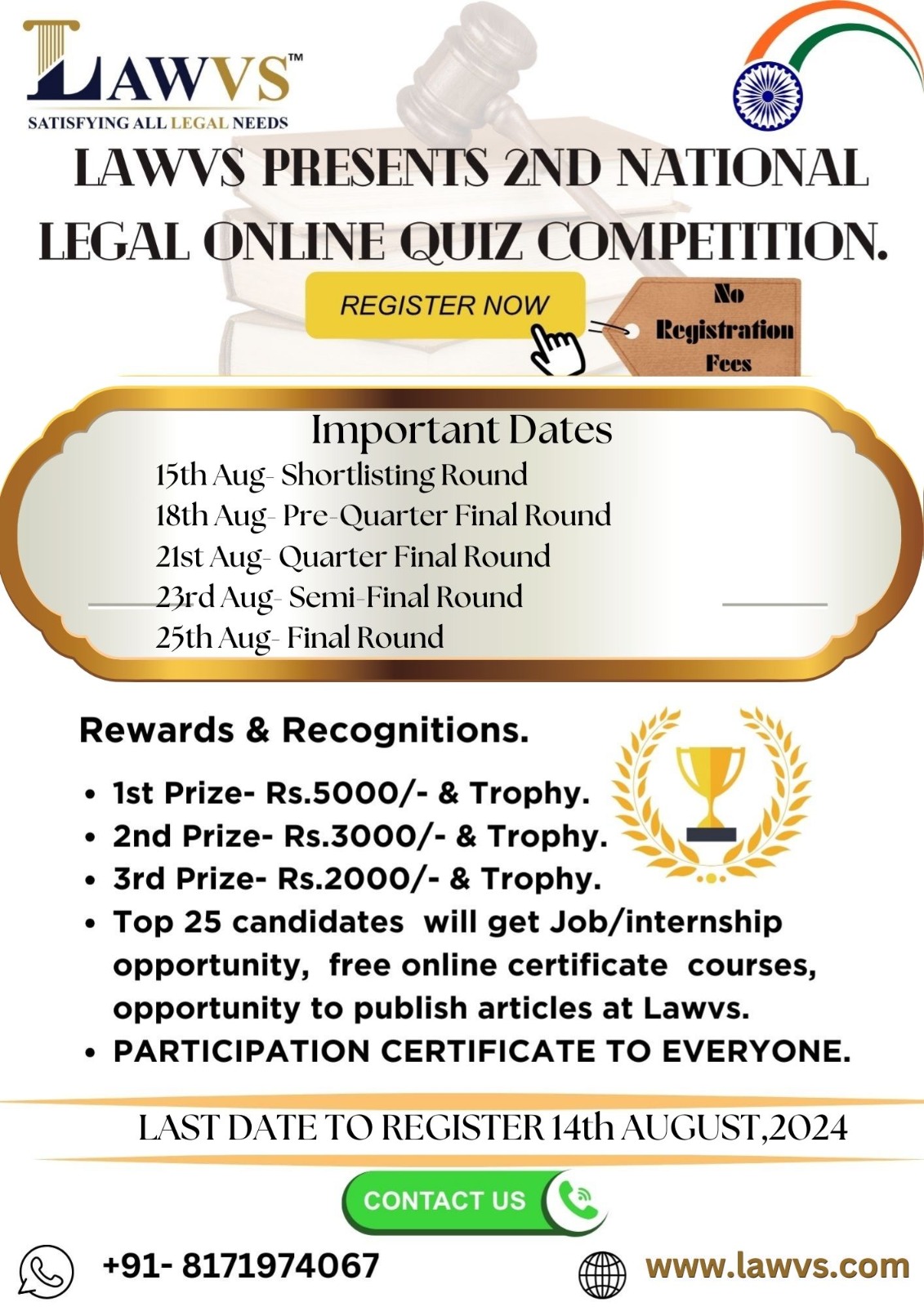Issues Related to Section-66A of IT Act 2000
BY- Tejas Pathak
Abstract
Section-66A of the IT Act is to regulate the offences made through electronic devices. The rapid growth of
digital communication via messages, text, photos, videos or any other means and can use as a offensive
message. In the context of rapidly evolving digital landscape. which pertained to online speech and
communication, was notorious for its misuse and was eventually struck down by the Supreme Court of India
in 2015. However, the need for legal frameworks to regulate online content persists. This article delves into
the challenges posed by online speech, examines the aftermath of the Section's removal, and discusses the
necessity of balanced legislation to address modern cybersecurity threats and protect freedom of expression.
Additionally, it highlights international perspectives on similar issues and offers insights for policymakers and
legal practitioners grappling with the intricacies of regulating digital communication.
Key Words-: offensive message, digital communication, freedom of expression,
Introduction
The Information Technology Act (IT Act) was introduced in 2000, and it applies to anybody who send illegal
messages using electronic devices for communication. The phrase "they believe to be false" was rendered
punishable under section 66A of the law. Section 66A of the IT Act made it illegal to send emails that were
intended to irritate their recipients or mislead them about their origin. However, there are problems with
section 66A of the IT Act of 2000. It violates article 19(1) and 19(2) of the Indian Constitution's fundamental
rights. In this post, we'll break down Section 66A of the IT Act and examine the reasons the Supreme Court
ruled it to be unconstitutional.
What Is Want of Section-66A in IT Act if There are Different Sections Much like This Phase In IPC
As Section-66A of IT Act covers anti-stalking laws and provisions but all these offences are also stated in
other section of Indian Penal Code. As the punishment for the offences that are for insulting or sending
message of causing annoyance, inconvenience, or to decide or mislead the recipient about the origin of the
message. But punishment for these offences are under section of IPC. Like defamation is stated in section
499 of IPC. And cyber stalking under section 359 of IPC. While Section-66A was in force, it had some
similarities with certain provision of the IPC, such as those related to defamation, intimidation, and causing
harm to ones reputation.
Section-66A is Not properly Decoded
One of the major issue of this act is vagueness of language that it did not clearly defined what constitute an
offence. Leading to arbitrary interpretation & potential abuse. Their were numerous cases in which of a
computer or other communication equipment. Section 66-A made it unlawful to distribute insulting
communications using a computer or other communication device, such as a mobile phone. The police had
to determine whether or not the communication's information was offensive1
.Any message used to book someone under Section 66A must contain the following information, together
with any written, audio, visual, or other types of attachments that may be sent along with the message:
• extremely offensive
• incorrect and meant to arouse animosity, discomfort, danger, obstruction, insult, injury, criminal
intimidation, or other negative emotions
• intended to deceive the recipient about the origin of such messages.
As a lack of proper regulation in the section police discretion is not checked. In order to check
whether act is properly enforced or not. The court may have issued specific regulation s for arrests
by police, as it did with section 498A
Is section-66A contrary to Fundamental Rights ?
Section-66A of the IT Act is to regulate the offences made through electronic devices but unfortunately this
section is contrary to Fundamental rights. As it is violating Article 19(1) and Article 19(2) of the Indian
Constitution2
. The Article 19(1)(a) of the Indian Constitution states that all the citizens shall have right to
freedom of speech and expression
3i
. The right to speech and expression on the internet is to express once
on opinion through emails and messages. With the introduction of the amended act into 2008 the scope of
the provision was extended and restriction and punishment are given under this section.
Section-66A was
framed to include all source of speeches that may brought within the purview of law from time to time
depending upon the situation.
In the case of Manubhai Shah v. Life insurance Corp of India(1980)4
, the court held that the right to speech
and expression on the internet also includes the right to reply and includes the right to reply to criticism
within the limits enshrined under Article 19(1) of the Indian Constitution
Also, it was not protected by article 19(2) that empowers the state to impose reasonable restriction on
freedom of speech and expression.
The court held that Section 66A is capable of limiting all forms of internet
communication as it makes no distinction between mere discussion or advocacy of a particular point of view
which leads to casual connection with public disorder and security of the state.
In the matter of Shreya Singhal v. Union of India (2015)5
, the petitioner argued that Section 66A of the IT Act,
2000 contains a clause that is prone to being susceptible to significant vagueness in defining what constitutes
obnoxious communication and does not define specific phrases. This Section has also allowed the police a
great deal of authority to use their right to free speech without having to provide any justification.
In this historic decision, the court noted that Section 66A's provision is ambiguous and infringes on the right
to freedom of speech and expression guaranteed by Article 19(1) of the Indian Constitution. Additionally, it
2 https://www.hindustantimes.com/india/sec-66a-of-it-act-scrapped-5-points-observed-by-supreme court/storyEtZnxzRGrfsutSk5fjML4H.html
3 Constitution of India
4 AIR 1981 15, (1981) 0 GLR 206 (1980)
5 AIR 2015 SC 1523
was not protected by Article 19(2), which gives the State the right to place reasonable limitations on a
person's ability to express themselves. The judge ruled.
Conclusion
Cyber bullying, trolling, or even harsh speech has frequently been considered a minor violation in the online
community. Some researchers may disagree with the creation of any law to control trolling or cyber bullying
(including gender bullying) on the grounds that free speech should not be constrained, especially when it
doesn't harm the victim's reputation as severely as serious defamation, libel, or slander cases.
The absence of adequate rules in the area frequently allowed the police to act arbitrarily. The court may have
set special regulations for police agency arrests, as it did with Section 498A, to ensure that the law was
effectively applied.
Issues Related to Section-66A of IT Act 2000


